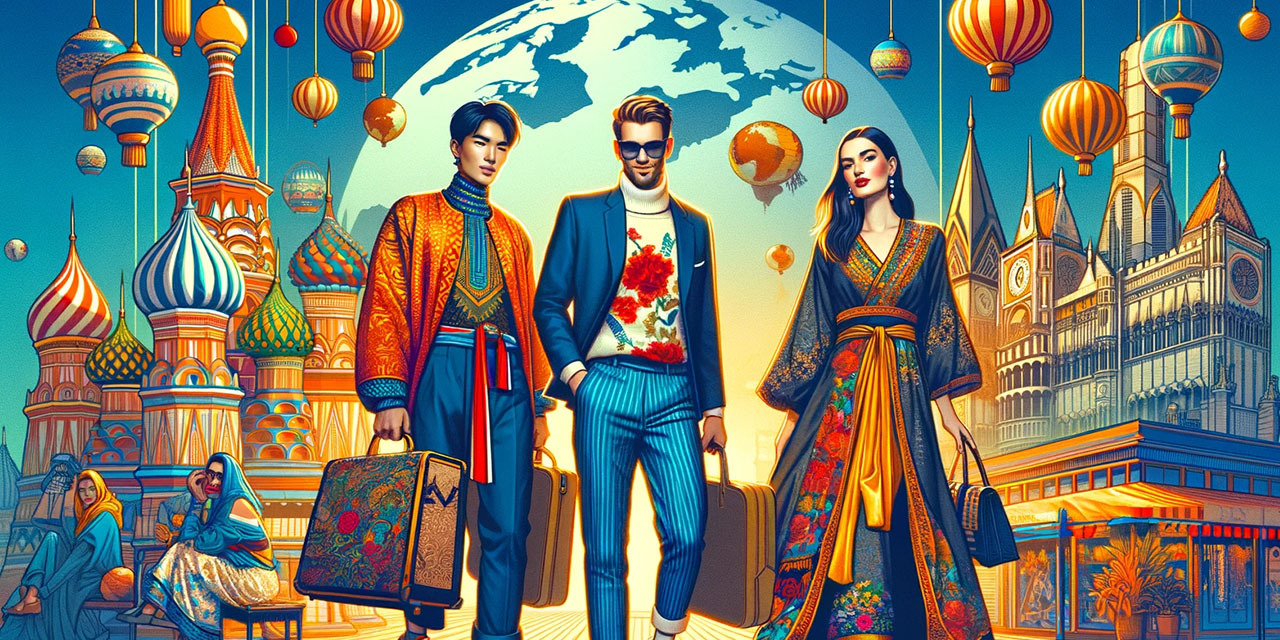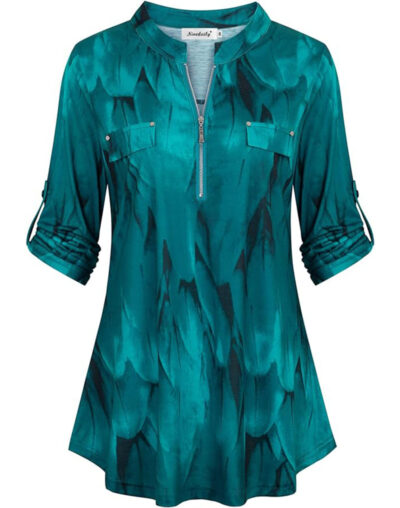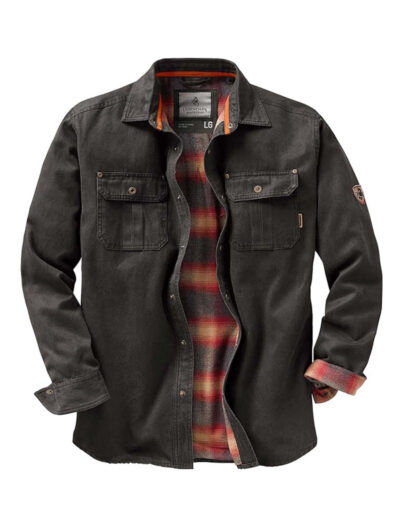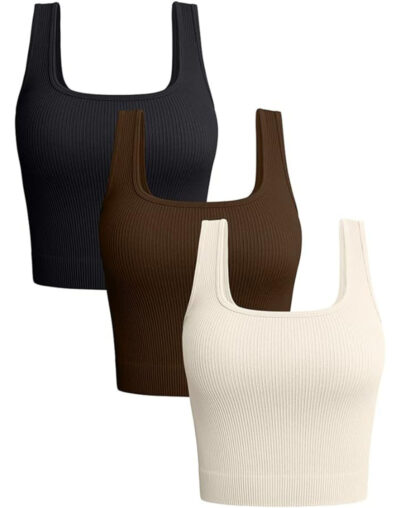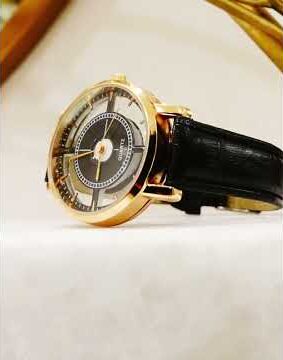Presently, fashion is a melting pot of diverse cultural influences. These influences have been shaping the way we dress and express ourselves. From traditional clothing to contemporary designs, the impact of global cultures on fashion is undeniable.
This article will delve into the fascinating world of global influences in fashion. We will explore how different cultures inspire and shape the trends we see on runways.
More specifically, we will showcase examples of global influences in fashion. These include the beauty of kimono-inspired designs from Japan, the vibrant and bold prints from Africa, among others. So, read on to learn more.
What Are Global Influences In Fashion?
Global influences in fashion refer to the impact of global, diverse cultural trends and styles on the fashion industry’s contemporary clothing and traditional attire.
These influences bring a rich diversity to fashion, allowing for the fusion of traditional and modern elements from different cultures.
By examining fashion trends worldwide, it’s clear that these influences provide an endless source of inspiration for designers and enthusiasts alike. Examples include:
- The intricate embroidery of Indian textiles
- The vibrant colors of African prints
- The minimalist elegance of Japanese design
This interweaving of international styles reflects the interconnected nature of our world. It also helps us celebrate the beauty of cultural expression through clothing and accessories.
What Are Some Examples of Global Influences in Fashion?
Global influences in fashion manifest in various forms, such as the bohemian style synonymous with Europe and minimalist designs from Scandinavia.
These influences contribute to the aesthetic diversity of the fashion world. They also carry substantial cultural significance.
For instance, the kimono’s graceful, flowing silhouette and intricate patterns reflect Japanese culture’s traditional craftsmanship and elegance. Similarly, African prints’ vibrant colors and geometric patterns convey stories of heritage and identity.
In contrast, the bohemian style embraces a carefree, free-spirited vibe. This mirrors the artistic and unconventional nature of European counterculture. Here’s a more detailed breakdown of these influences:
Kimono-Inspired Designs from Japan
Kimono-inspired designs from Japan showcase a harmonious blend of:
- Cultural references
- Traditional fabrics
- Cross-cultural fashion elements
All three elements reflect the rich heritage and artistic ingenuity of Japanese fashion. Specifically, using traditional fabrics – like silk and intricate embroidery – speaks to Japan’s deep-rooted craftsmanship and attention to detail.
These designs often incorporate artistic references from nature, such as cherry blossoms, waves, or birds. These hold symbolic significance in Japanese culture.
Also crucial to note is that the influence of kimono-inspired fashion has extended beyond Japan. Designers and fashion enthusiasts worldwide are integrating elements of this iconic garment into modern, cross-cultural fashion expressions.
This fusion of traditional Japanese aesthetics with contemporary global trends continues to captivate and inspire the fashion industry.
Bold Prints from Africa
Bold prints from Africa exemplify the use of traditional fabrics and cultural fusion. They contribute to the globalization of fashion and celebrate the diverse heritage of African textile artistry.
These bold African prints have become a prominent feature in the international fashion scene with their vibrant colours and intricate patterns. They’ve been captivating designers and fashion enthusiasts alike.
Incorporating traditional African textiles into contemporary fashion pays homage to the continent’s rich cultural heritage. It also serves as a platform for global fashion dialogue and exchange.
This fusion of traditional elements with modern design sensibilities has redefined the fashion landscape. It helps to showcase the depth and versatility of African textile traditions.
Bohemian Style from Europe
The European bohemian style reflects a collaborative spirit with local artisans. This fosters cultural exchange and influences contemporary clothing with its free-spirited and eclectic designs.
This influence has sparked a resurgence of handcrafted techniques and traditional artistry in fashion. This is evident in how designers seek to capture the essence of bohemian flair. With an emphasis on organic materials and unique embellishments, the style celebrates individuality and a sense of wanderlust.
Incorporating vibrant patterns, flowing silhouettes, and unconventional layering techniques brings a refreshing twist to modern fashion. It captivates fashion enthusiasts with its carefree and expressive allure.
Minimalist Designs from Scandinavia
Minimalist designs from Scandinavia contribute to reducing cultural appropriation in fashion. They achieve this all while exemplifying the elegant simplicity and international appeal of Scandinavian styles.
Their understated yet chic aesthetic has sparked a global movement towards clean lines, neutral colors, and functional silhouettes. This shift celebrates the authenticity of Scandinavian design and helps create a more inclusive and respectful fashion industry.
By embracing minimalist Scandinavian fashion, designers and consumers alike can appreciate the value of cultural sensitivity and diversity. This fosters a more harmonious exchange of styles across borders. Are you curious about the impact of these cultural trends on fashion? Be sure to visit our You’re In Style website for more insight.
